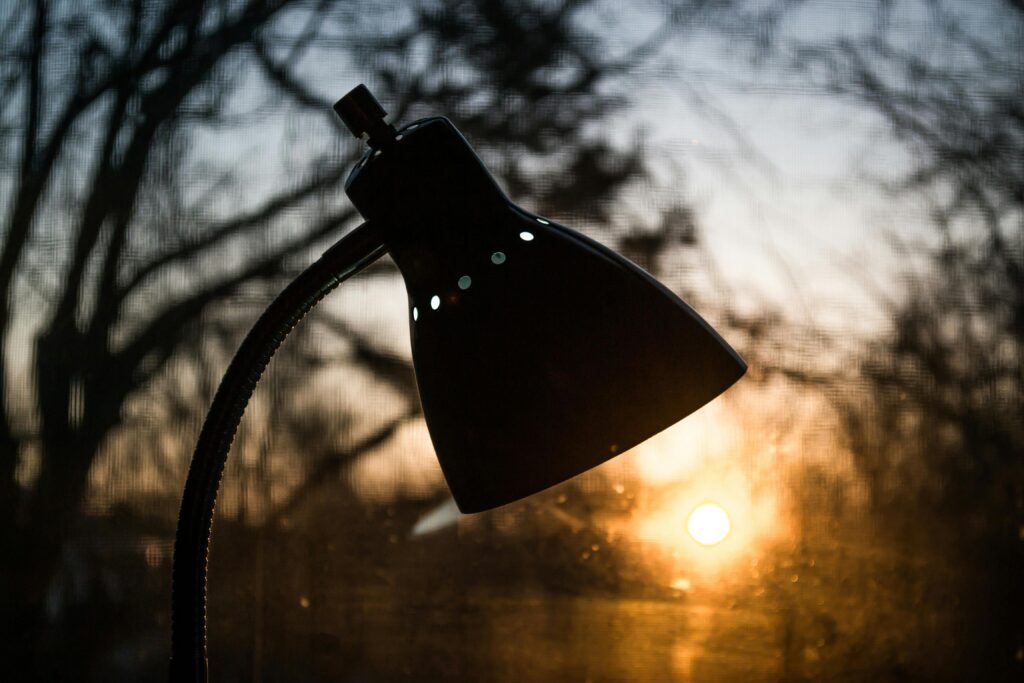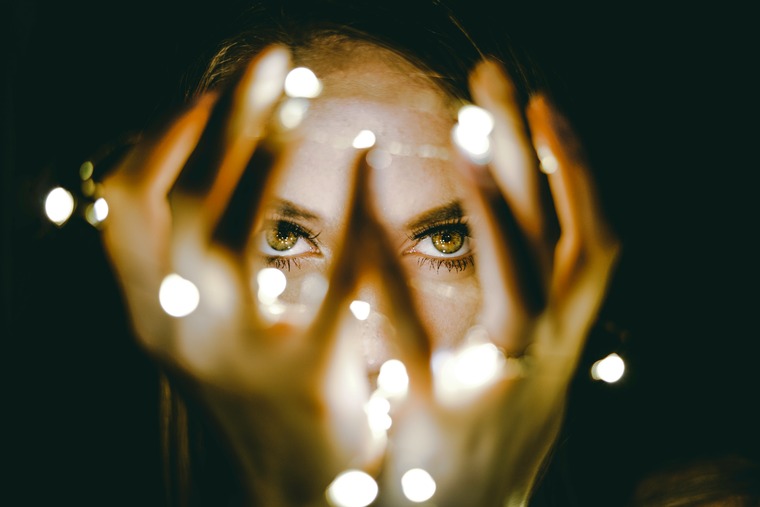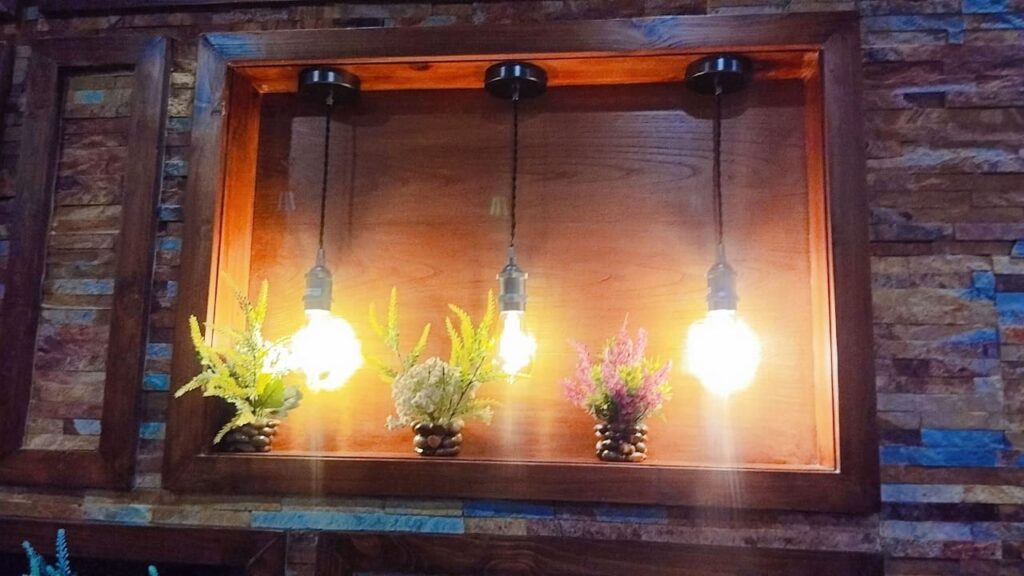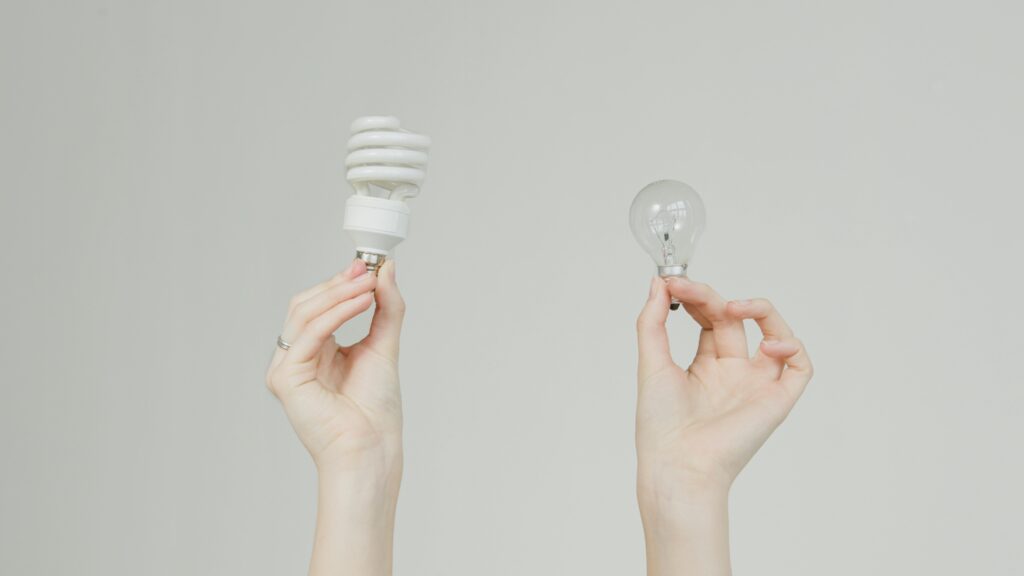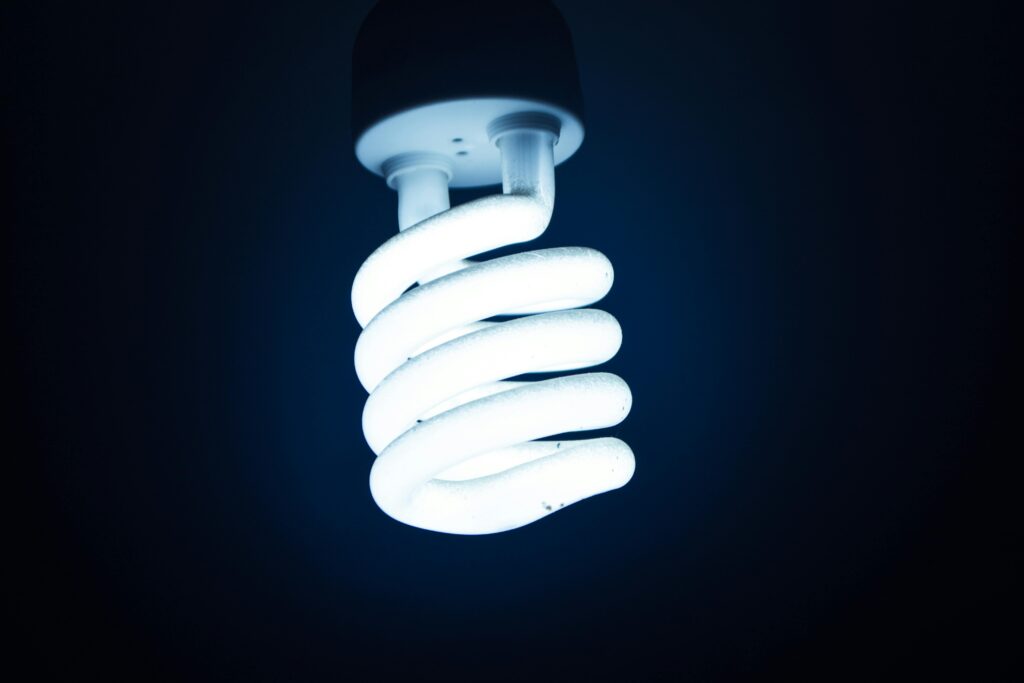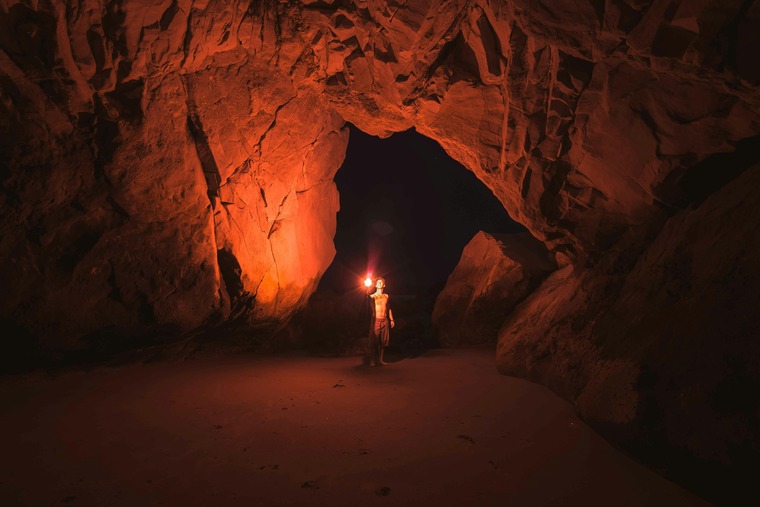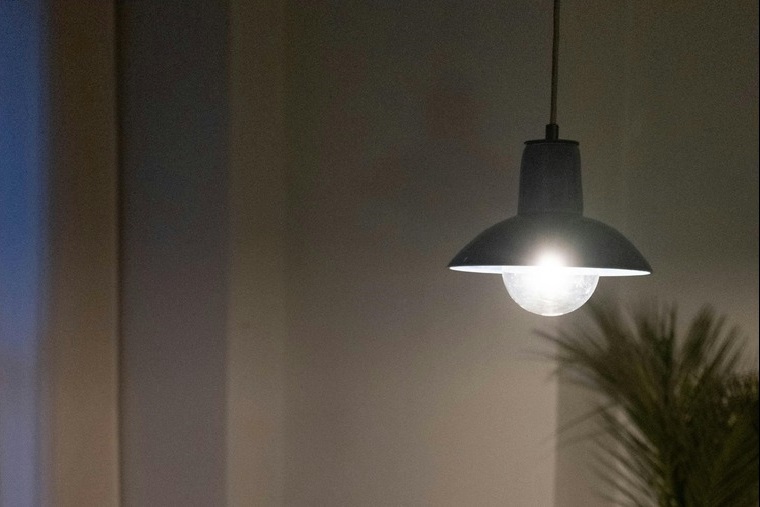Lighting is very important for how a space looks and works. Whether you want a cozy evening or a productive workspace, knowing the difference between ambient and task lighting can help you choose the right lights. This article will explain what ambient vs task lighting are, why they are used, the types available, and how to mix them well in different places.
What is Ambient Lighting?
Ambient lighting, or general lighting, lights up the whole room. It makes sure the space is evenly lit so people can move around safely. The aim is to create a soft light that reduces shadows. This makes the room comfortably bright.
Characteristics
- Soft and gentle: Ambient lighting is designed to be soft and gentle. This helps to reduce harsh shadows and glare, making the light more pleasant and easy on the eyes.
- Covers a large area: Ambient lighting spreads out to light up the whole room or space. It ensures that every corner is evenly lit, so you can see clearly everywhere.
- Comfortable brightness: The brightness of ambient lighting is usually lower than task lighting. It provides just the right amount of light to make the room feel comfortable and cozy without being too bright
Types of Ambient Lighting
- Ceiling Lights: Common types include flush mounts, chandeliers, and pendant lights. These lights hang from the ceiling and are often used to light up a room from above.
- Recessed Lights: These lights are installed inside the ceiling, giving a sleek and modern look to the room. They are hidden from view but provide good lighting.
- Natural Light: Big windows and skylights let in sunlight during the day, which can light up the room naturally and make it feel bright and airy.
- Wall Lights: Sconces are lights that are fixed on walls. They add to the room’s light and also serve as decorative pieces, enhancing the room’s look
Benefits of Ambient Lighting
- Staying Safe: Ambient lighting helps prevent trips and falls by lighting up walkways and rooms.
- Works Anywhere: Ambient lighting is perfect for homes, offices, stores, and more – anywhere people gather.
- Looks Great: Ambient lighting makes rooms look beautiful and feel cozy, adding to their style and charm
What is Task Lighting?
Task lighting is a type of light that focuses on specific areas where you do activities like reading, cooking, or working. It gives brighter, more focused light to help you see better and avoid straining your eyes during detailed tasks
Characteristics
- Shines Right on Target: Task lighting points light exactly where you want it, avoiding unnecessary brightness elsewhere.
- Extra Bright: Task lighting is stronger than general lighting, giving you enough light to see details clearly.
- Concentrated Light: Task lighting has a narrow beam that focuses on one spot, like a reading desk or kitchen counter
Types of Task Lighting
- Desk lamps are specially designed to provide the right amount of light for people who spend a lot of time reading or working at their desks, and the best part is that they can be adjusted to shine exactly where you need them.
- Under-cabinet lighting is a great solution for kitchens, as it involves installing small lights underneath the cabinets to brightly illuminate the countertops, making food preparation and cooking much easier.
- Floor lamps are tall, freestanding lights that are usually positioned next to comfortable seating areas, such as armchairs or sofas, to provide the perfect amount of light for activities like reading, writing, or hobbies.
- Clip-on lights are incredibly versatile and convenient, as they are portable and can be easily attached to various surfaces, allowing you to direct focused light exactly where you need it, whether it’s for work, study, or other tasks
Benefits of Task Lighting
- Improved Concentration: Task lighting gives you the exact light you need for precise work, helping you stay focused and avoid mistakes, while also reducing eye strain and tiredness.
- Customizable Brightness: With task lighting, you can aim the light exactly where you want it, adjusting the brightness to suit your specific needs and preferences.
- Smart Energy Use: Task lighting helps reduce energy waste by only illuminating the area you’re using, rather than lighting up the entire room
Comparison Ambient vs Task Lighting
| Characteristics | Ambient Lighting | Task Lighting |
| Purpose | General illumination | Focused illumination for specific tasks |
| Coverage | Evenly distributed throughout the space | Limited to specific areas |
| Intensity | Soft, diffused light | Bright, concentrated light |
| Beam Spread | Diffuse in space | Directional to specific area |
| Control | Often fixed, less adjustable | Adjustable and movable |
Combining Ambient and Task Lighting
Layering Light
- Set the Foundation with Ambient Lighting: Begin by filling the room with soft, overall illumination to create a warm and inviting atmosphere.
- Add Focus with Task Lighting: Next, direct light exactly where needed, such as desks, reading areas, or kitchen countertops, to enhance visibility and productivity.
- Add a Touch of Drama with Accent Lighting: Finally, highlight stunning features like artwork, architectural details, or decorative elements to add depth, visual interest, and personality to your space.
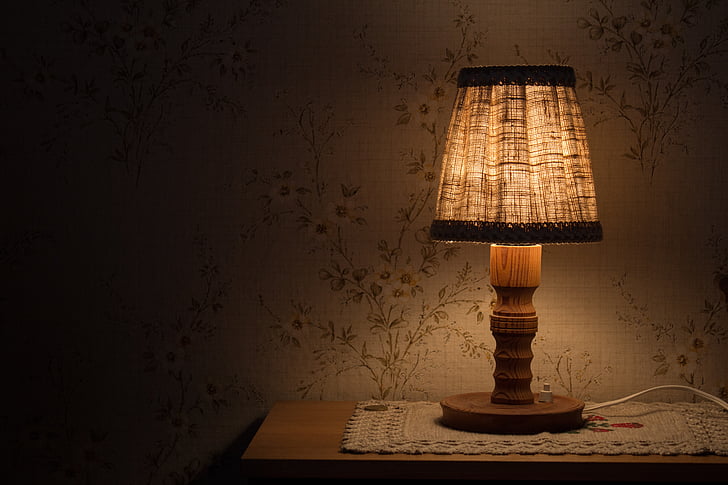
Creating Zones
- Create Task-Specific Areas: Identify separate zones within a room for different activities, such as a reading nook or home workspace, and tailor task lighting to meet the specific needs of each zone.
- Adapt to Multiple Uses: In rooms with various functions, install dimmers or adjustable lighting fixtures to seamlessly transition between activities, ensuring optimal illumination for each task.
Using Color Temperature
Cozy Ambiance vs. Focused Clarity: Use warm, soft lighting for ambient illumination to create a relaxing atmosphere, and cooler, brighter lighting for task-oriented areas to boost concentration and precision.
Steps for Effective Lighting Plan
- Look Around: Check the room’s purpose, size, and layout.
- Set the Mood: Decide how bright you want the room to be.
- Find Task Spots: Identify areas where you’ll need extra light (e.g., reading, cooking).
- Pick Lights: Choose a mix of lights for overall brightness and task areas.
- Blend Lights: Combine different lights to create a balanced and cozy space.
CONCLUSION
To make your space comfortable and beautiful, you need to understand two types of lighting. Ambient lighting brightens up the whole room, while task lighting focuses on specific areas. By combining these two, you can create a perfect balance that works for both relaxing and working. Whether it’s your cozy living room, busy kitchen, or productive office, good lighting makes all the difference. With a little planning, you can make your space feel welcoming and just right
FAQs
Q1. What is ambient interior lighting?
Ambient, or general lighting, dominates the lighting landscape of each room
Q2. Which lighting is more powerful?
Metal halide, LPS and HPS produce better lighting than standard incandescent and become more power full
Q3. What is task illumination?
Task lighting is lighting that illuminates a specific area and makes the completion of a task easier
Q4. Are LED lights ambient?
Ambient lighting includes main lights that illuminate the whole room.
Q5. What is the most attractive lighting?
The higher the Kelvin, the bluer or whiter the light. People tend to look the best when illuminated by light bulbs that measure around 2700 kelvins

